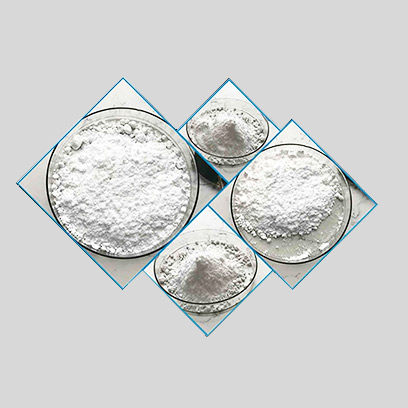
Jul . 28, 2024 23:02 Back to list
An Overview of Anatase Price Trends and Key Factors Affecting Production in Factories
The Economic Landscape of Anatase Pricing and Production in the Global Market
Anatase, a titanium dioxide polymorph, plays a crucial role in various industries, ranging from pigments and coatings to plastics and electronics. Its unique properties, including high refractive index, excellent UV resistance, and superb durability, make it a highly sought-after material. The economic aspects surrounding its production and pricing are intricately tied to global supply chains, production methods, and market demands.
The pricing of anatase is influenced by several factors, primarily manufacturing costs, raw material availability, and market competition. The primary source of titanium dioxide is titanium ore, particularly ilmenite and rutile. The extraction and processing of these ores into anatase are resource-intensive and require significant energy input. As a result, fluctuations in energy prices directly impact the production costs of anatase. Additionally, geopolitical factors and trade policies can affect the availability of titanium ores. Countries rich in titanium resources, like Australia, South Africa, and China, hold significant sway over global supply, thus influencing prices.
The Economic Landscape of Anatase Pricing and Production in the Global Market
Furthermore, environmental regulations play a pivotal role in shaping the anatase market. As governments worldwide implement stricter eco-friendly guidelines, manufacturers have had to adapt their practices. The transition toward sustainable production methods may initially drive up costs; however, these investments in cleaner technologies are often necessary to meet regulatory requirements and cater to an increasingly environmentally conscious consumer base.
anatase price factories

Competition among manufacturers is another significant factor affecting anatase prices. Major players in the titanium dioxide market, including Chemours, Tronox, and Kronos, often engage in price wars to capture market share. This competition can lead to volatile pricing scenarios, affecting producers' profitability and the pricing stability for consumers. Smaller producers, while they may not significantly influence global prices, can create fluctuations in regional markets, contributing to a complex pricing landscape.
In response to these economic dynamics, many factories are optimizing their production processes to enhance efficiency and reduce costs. Innovations such as improved extraction techniques, advanced refining methods, and the use of alternative materials are becoming increasingly important. These advancements not only help in cutting down costs but also in minimizing the environmental footprint of anatase production.
Globally, the anatase market is projected to grow in the coming years. As industries evolve, driven by technological advancements and changing consumer preferences, the demand for high-performance materials like anatase is expected to rise. Consequently, manufacturers must remain agile, ready to adapt to fluctuating market conditions, manage costs, and embrace sustainability to thrive in this competitive landscape.
In conclusion, the pricing and production of anatase are at the intersection of various economic factors, including production costs, demand dynamics, and environmental regulations. As the market evolves, stakeholders must navigate these complexities to optimize their operations and ensure competitiveness. The future of anatase pricing will likely remain dynamic, reflecting broader trends in the global economy and advancements in production technologies.
-
Premium 6618 Titanium Dioxide for GPT-4 Turbo Applications
NewsJul.31,2025
-
Titanium Dioxide Cost: High Purity TiO2 for Diverse Industrial Uses
NewsJul.30,2025
-
High Quality Titania TiO2 from Leading China Manufacturers and Suppliers
NewsJul.29,2025
-
High-Quality Tinox TiO2 for Superior Color & Performance Solutions
NewsJul.29,2025
-
High Quality Titania TiO2 from Leading China Supplier & Manufacturer
NewsJul.29,2025
-
High-Performance r6618 TiO2 for Superior Whitening and Versatility
NewsJul.28,2025
